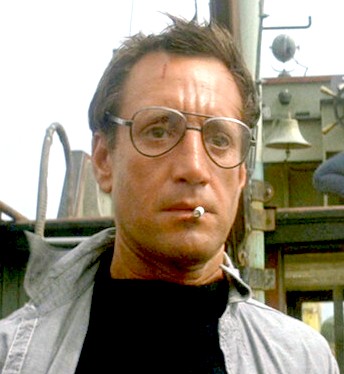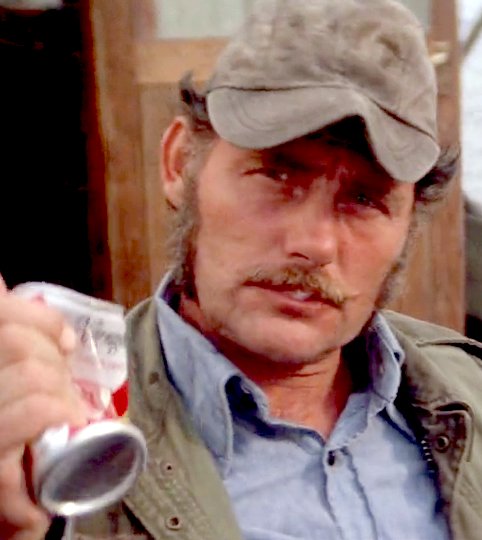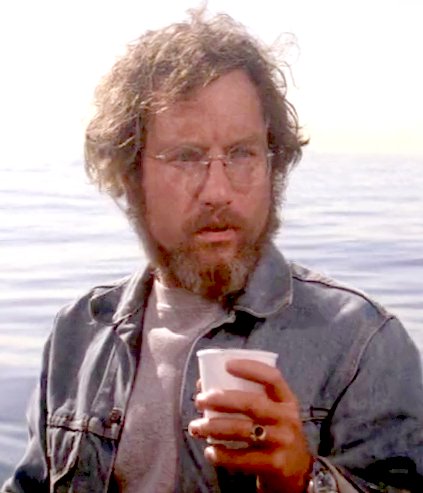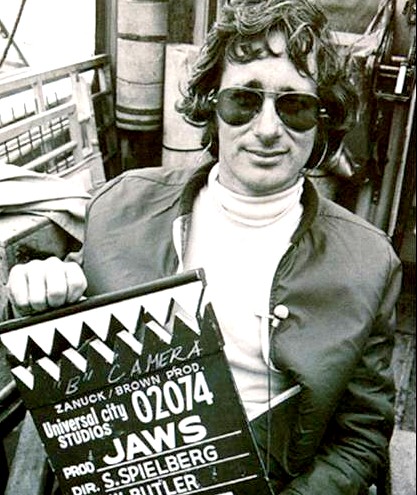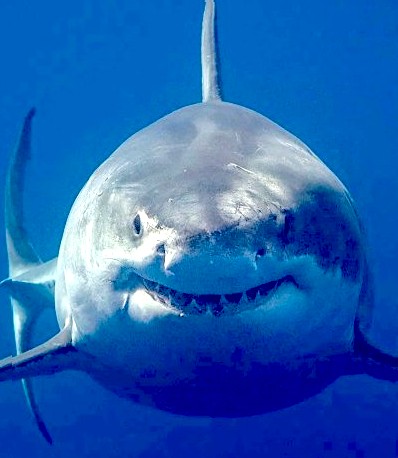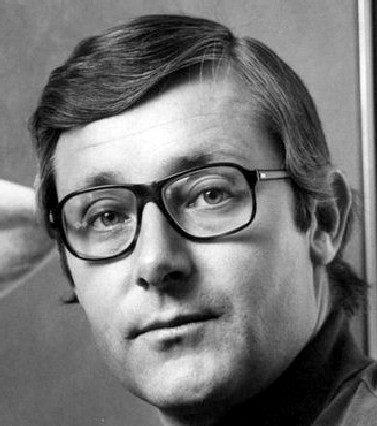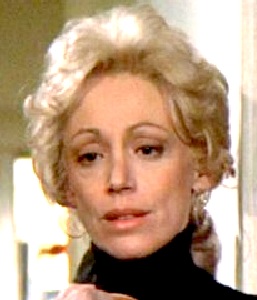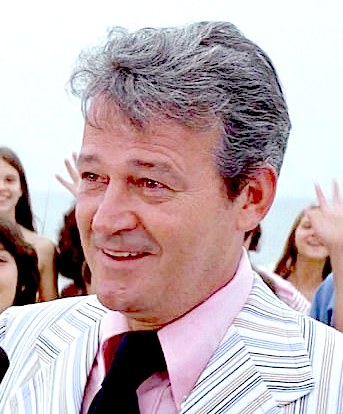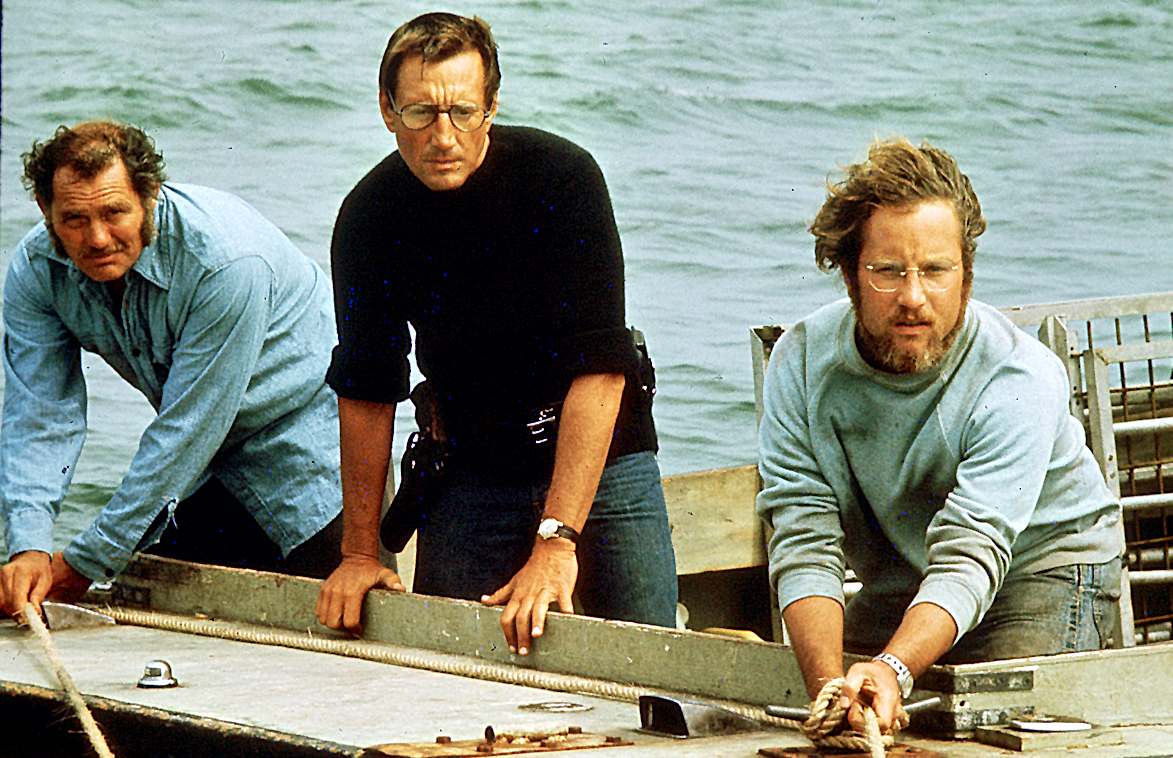|
Richard Stephen Dreyfuss (born Dreyfus; October 29, 1947) is an American actor and writer known for starring in popular films during the 1970s, 80s, and 90s, including American Graffiti, Jaws, Stand by Me, Close Encounters of the Third Kind, Down and Out in Beverly Hills, The Goodbye Girl, Tin Men, Stakeout, Always, What About Bob?, and Mr. Holland's Opus.
Dreyfuss won the Academy Award for Best Actor in 1978 for The Goodbye Girl (at the time, the youngest-ever actor, at age 30, to win) and was nominated in 1995 for Mr. Holland's Opus. He has also won a Golden Globe Award, a BAFTA Award, and was nominated in 2002 for Screen Actors Guild Awards in the Outstanding Performance by a Male Actor in a Drama Series and Outstanding Performance by a Male Actor in a Miniseries or Television Movie categories.
Dreyfuss married writer and producer Jeramie Rain in the early 1980s, and they had three children: Emily (born 1983), Benjamin (born 1986), and Harry (born 1990). His elder son, Benjamin, was born with Peters Anomaly, a rare genetic eye disorder which, despite many operations, left him blind in his left eye. Dreyfuss and Rain have continued to raise money for ophthalmology centers throughout the United States. After his 1995 divorce from Rain, Dreyfuss married Janelle Lacey in 1999, but they divorced in 2005.
In 2006, Dreyfuss discussed his diagnosis of bipolar disorder in the documentary Stephen Fry: The Secret Life of the Manic Depressive, in which Fry (who also has the disorder) interviewed Dreyfuss about his experience being bipolar.
Dreyfuss is agnostic.
Dreyfuss and Russian-born Svetlana Erokhin married in 2006 and as of February 2020 they live in San Diego, California, although they have frequently visited New York City and London, where Dreyfuss once lived. They also lived in Carlsbad, California. In February 2008, they bought a $1.5 million house in Encinitas, California, intending to renovate the 1970s structure with green technologies.
Dreyfuss has publicly clashed with some of the people he has worked with in the entertainment industry, notably actors Robert Shaw and Bill Murray, who costarred with him in Jaws and What About Bob? respectively, and filmmaker Oliver Stone, who directed him in W.
Robert Shaw and Richard Dreyfuss were famously at odds with each other, a relationship that ultimately enhanced their performances despite creating some more than uncomfortable conditions during filming. The thick tension between old, hardened Captain Quint and young, sarcastic oceanographer Matt Hooper is due in part to the actors' real-life on-set rivalry.
Whereas the first half of Jaws serves as a Hitchcockian thriller, the nautical adventure that takes up the majority of the second half established the type of colorful, action-packed adventure movies that director Steven Spielberg would be most recognized for later on in his career. The film's main characters are as famous as its shark; Chief Brody, Captain Quint, and Hooper all became instantly recognizable names in pop culture. Spielberg, working with the actors, transformed these would-be archetypes into fully fleshed out people with down-to-earth dialogue, relatable motivations, and humorous chemistry.
The relationship between Robert Shaw's Quint and Richard Dreyfuss' Quint is a standout example of the film's focus on character development. The two have a prickly rivalry with each other from the moment they meet up, with Quint's college-educated, acerbic geekiness clashing with Quint's gruff, blue-collar, seamanship. In reality, Shaw's competitive and brash personality led to an actual feud with Dreyfuss, who became increasingly annoyed at his co-star's attempts to rile him up.
According to Dreyfuss, he and Shaw started a friendly relationship before they shot their scenes together. In the Biography Channel documentary, Jaws: The Inside Story, the actor stated that Shaw privately maintained a kind and gentle demeanor, but on set, "he was possessed by some evil troll that would make me his victim. " The late Roy Scheider, who played Brody, posited that Shaw was bothered by Dreyfuss' inexperienced haughtiness and decided to put the young actor in his place. Shaw's habitual drinking didn't help calm his temper, either, and the enmity between the two started to grow.
Shaw notoriously taunted Dreyfuss for his weight and goaded him by daring him to perform daunting acts. In one instance, Shaw tried to convince Dreyfuss to climb to the mast of the boat and jump off. In addition, Shaw also mentally tampered with his rival right before the cameras started rolling, telling him to, "mind your mannerisms". Dreyfuss finally reached his boiling point when Shaw asked for help while he was walking down the boat's gangplank, bourbon in hand. In retaliation, Dreyfuss swatted the glass away while the crew held their breaths, and shot his next scene with Shaw pointing a fire hose at his face.
Recalled their late costar Roy Scheider: “Shaw would say, ‘Look at you, Dreyfuss. You eat and you drink and you’re fat and you’re sloppy. At your age, that’s criminal. Why, you couldn’t even do 10 good push-ups.’”
Spielberg admitted that for all the on-set drama and awkwardness the two actors caused, their tense relationship benefitted their performances. Considering the fact that Shaw was so friendly before shooting started, the actor's constant bullying may have even been his way of making the fictional rivalry between Quint and Hooper seem more natural. Among many other mishaps Jaws suffered during production, the difficulty of getting the two stars to work together ironically served to build the film's legacy.
JUNE 2020 AT 45 YEARS RICHARD DREYFUSS ADMITTED HE THOUGHT THE THRILLER WOULD BE A FAILURE
In an industry where every major actor has regretful tales of future movie hits they turned down (just ask Brad Pitt about The Matrix), Richard Dreyfuss can point to one he simply didn’t believe in, but still made anyway.
“Everyone had thought they had struck gold, and I said, ‘What are you talking about? It’s just a little movie,’” the actor told Yahoo Entertainment in a recent Role Recall interview when discussing a little film called Jaws — Steven Spielberg’s seminal shark attack thriller that’s widely considered the first true “summer blockbuster” and scared Americans out of the water for years to come.
“So when the film was released, I found myself going back to the talk shows and saying, ‘I’m the guy who didn’t believe in it.’”
Having made a slew of television guests spots before his breakout film role among the ensemble of George Lucas’s 1973 teen drama American Graffiti, the never-lacking-for-confidence Dreyfuss was just catching his groove in Hollywood when he was cast by Spielberg (at the suggestion of Lucas) to play Matt Hooper, the oceanographer who arrives on Amity Island to help investigate a pair of deadly shark attacks. (Spielberg initially wanted Jon Voight for the part, while Jeff Bridges, Timothy Bottoms and Joel Grey were also reportedly considered.)
Dreyfuss, now 72, remembers meeting the future film legend for the first time.
“There was this young man with a kind of leather hat. [Someone said] ‘This is Steven Spielberg and he’s got destiny written all over him and all that. And I said, ‘Me too.’”
Dreyfuss also had a harrowing moment on set when filming the scene where Hooper goes underwater in a cage to get a good look at the killer shark.
“They were putting me into the cage and I had a line, which was ‘I ain’t got no spit,’” he told us. “And as I said it, the winch went [buckling noise] and the cage fell. I was caught inside the cage, mask is gone, the breathing apparatus is gone, the top of the cage is gone, and I have to not panic.”
Dreyfuss survived, obviously, and he’d live to see the film he initially doubted go on to become one of the most successful and beloved thrillers in film history.
|

